Habitats & Wildlife
Cold Spring Park is a naturalist’s paradise in the heart of a suburban region. Though many may experience the park simply as a space to move through or play in, Cold Spring Park is actually a rare wilderness in Newton with all the potential of a wildlife sanctuary to engage and inspire Newton’s population with the natural world.
Cold Spring Park stands out among similar green spaces in the area because of its sheer diversity of habitat types and potential natural history experiences. Moving through the park the habitats that can be experienced include:

- dense white pine stands, utilized by Cooper’s hawks, Golden-crowned kinglets, and giant Sawyer beetles;
The white pine stands line the Cochituate Aqueduct on the east side of the park. They are believed to have been planted with the aqueduct construction in the 1840s.
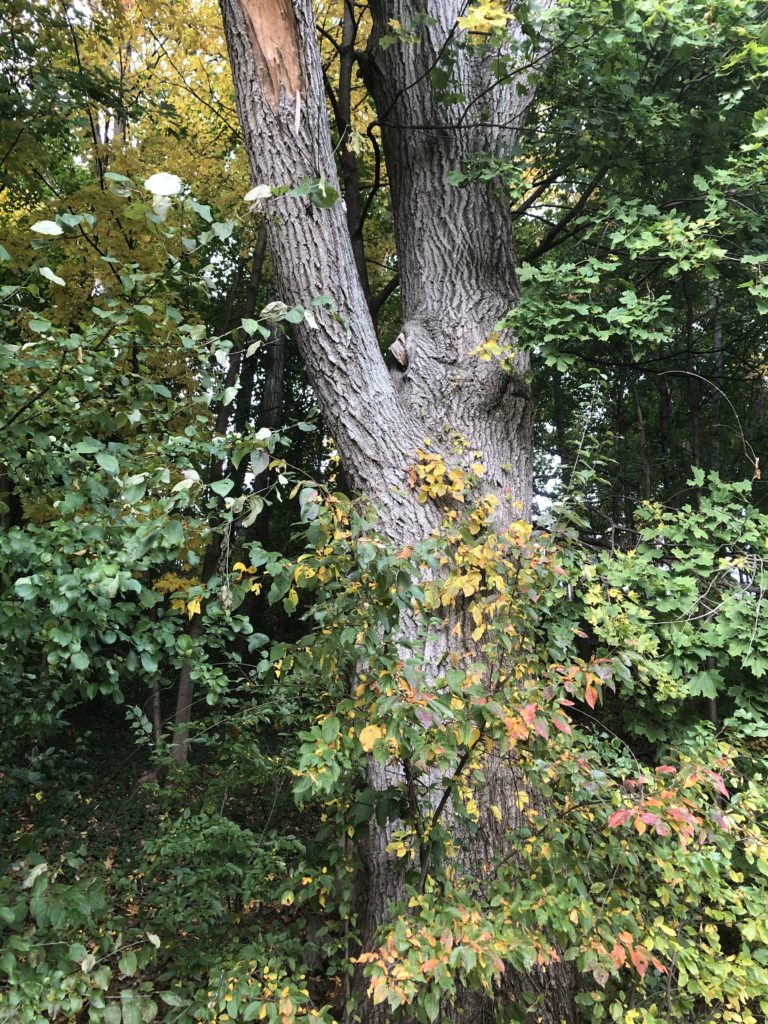
- gravelly glacial hillsides, spotted with ancient red oaks that act as super-organisms, supporting thousands of insects, their predators, and migrating birds each spring and fall;
The glacial hillsides line the west side of the park, and include glacial eskers on each side of Duncklee Street as it enters the park.
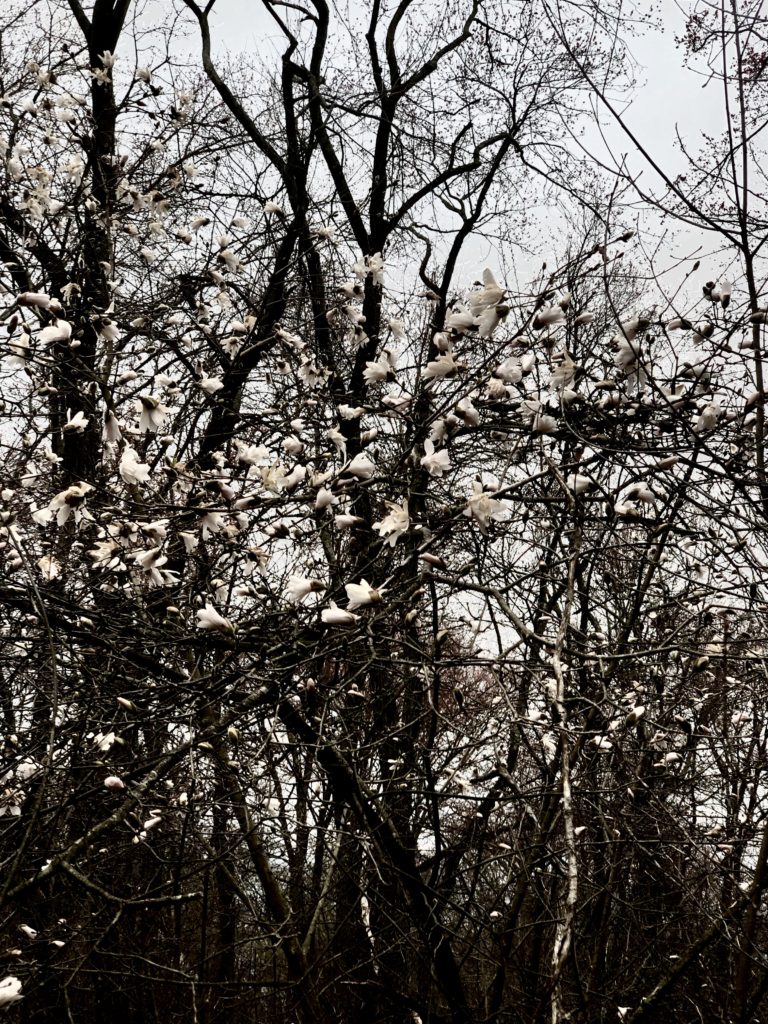
- dark wet swamplands and flooded red maple forest that provide a home for barred and great horned owls, and such suburban rarities as nesting yellow-billed cuckoo and migrating solitary sandpiper;
The red maple forest and swamp constitute most of the northern section of the park below the New Cold Spring Park playing fields.
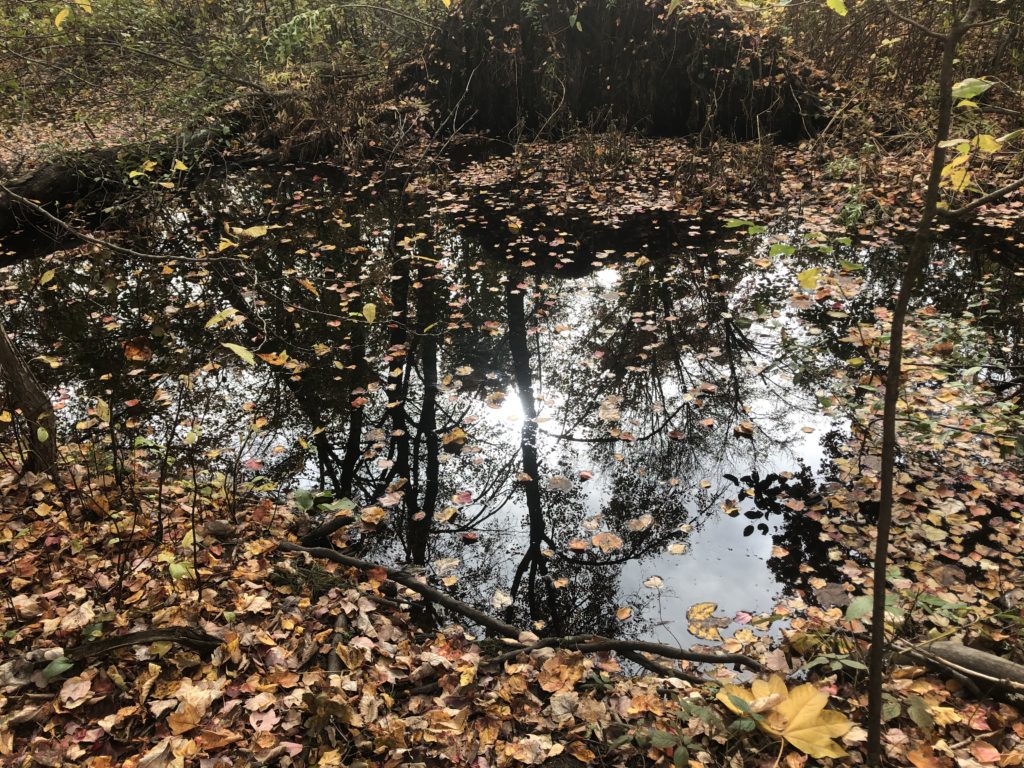
- spring-fed ponds, vernal pools, and shallow streams that support breeding populations of yellow-spotted salamander, wood frog, green frog, American toad, wood duck, and a diversity of aquatic insects that rivals even the most healthy vernal pools in more rural areas;
Cold Spring Brook–one of the earliest sources of drinking water in Newton(!)– starts off Duncklee Street at the edge of the off leash dog park, flows north and then west, under Zervas to the cemetery across Beacon Street. Several pools dot the park.
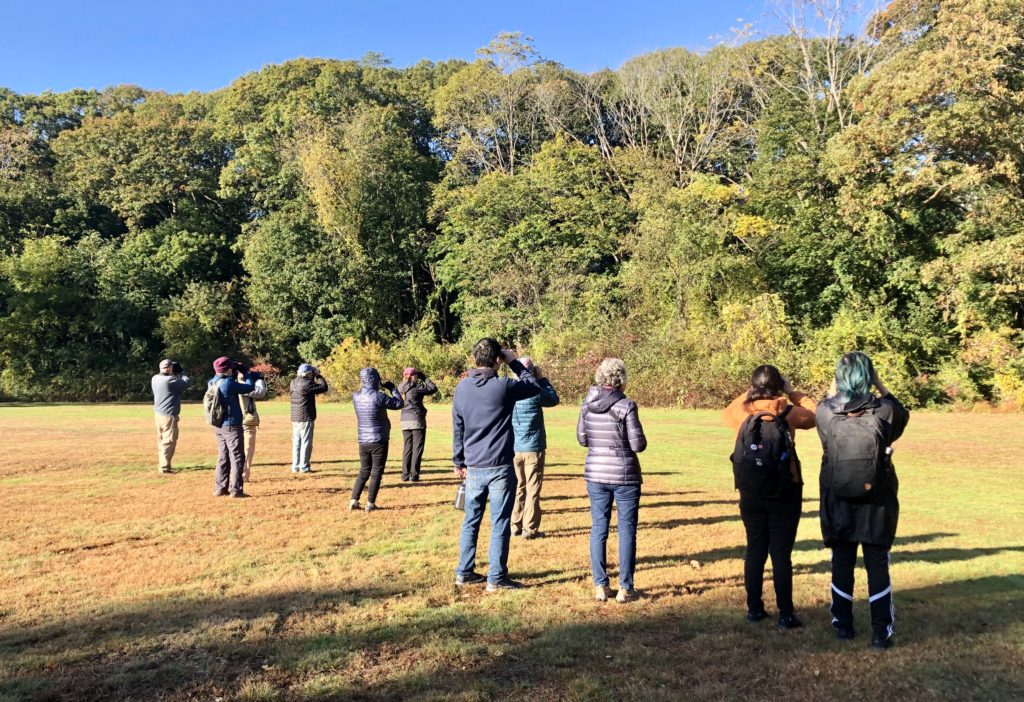
- sandy, shortgrass barrens supporting a tremendous diversity of ground nesting bees and wasps, velvet ants, and tiger beetles; bordered by sumac, black raspberry, and goldenrod hedges providing resources for all the pollinators a suburban area could hope to attract;
The grassy barrens surround the Old Cold Spring Park off leash dog park and softball field.
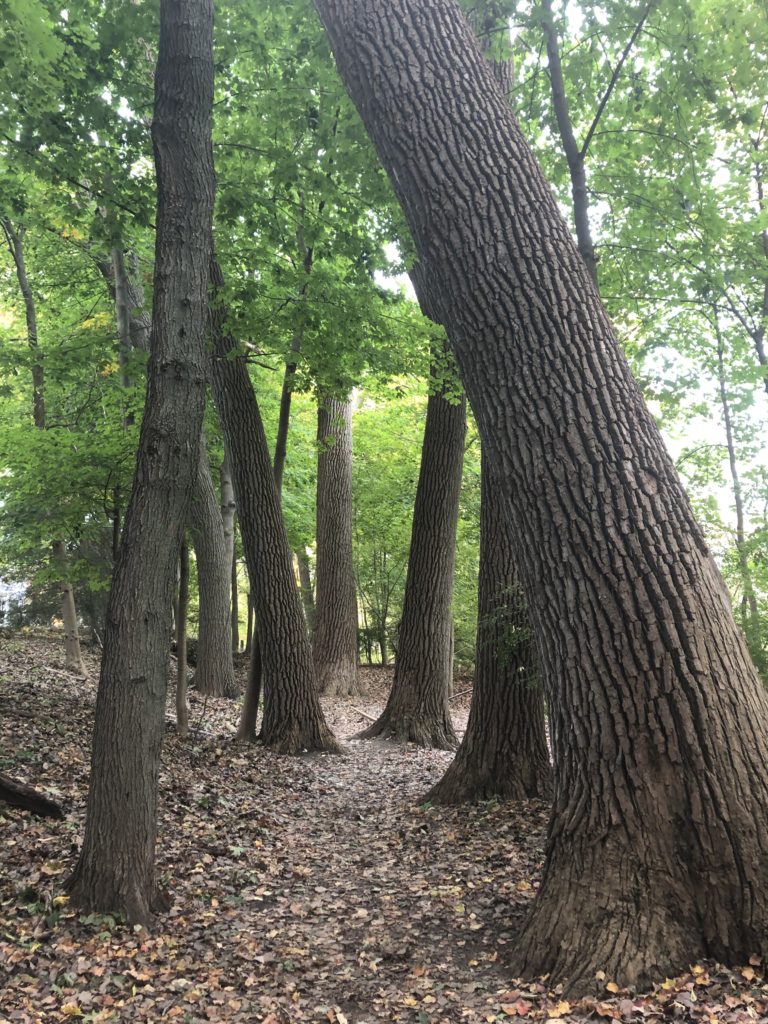
a stand of enormous cottonwoods bordering the swamps;
The cottonwood grove is just south of the park entrance at Vaughn Ave and Wilber Street. There are also cottonwoods on the other side of the park near Beaconwood.
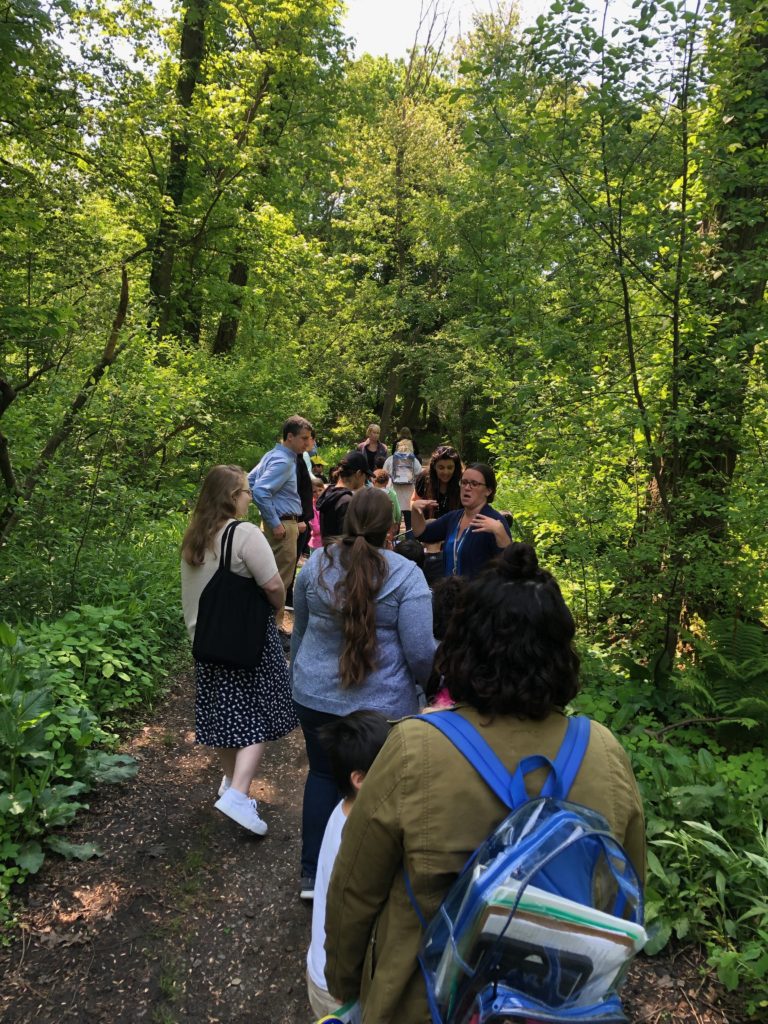
- a woodland trail edged with mature spicebush, witch-hazel, and viburnum.
The 1.4 mile Life Course exercise trail runs south of the playing fields and around the perimeter of the park.
— Text by Sam Jaffe, founder and director of The Caterpillar Lab, Marlborough, NH.